Extending the life span of your ebike components ensures longer, smoother rides and protects your investment. Regular maintenance, proper riding habits, and timely replacements can significantly increase the durability of batteries, motors, chains, brakes, and tires. Models like TST EBike’s 26-inch and 27-inch benefit from these practices, offering reliable performance across diverse terrains.
How Does Proper Battery Care Prolong Its Lifespan?
Battery health is critical for ebike longevity. Avoid deep discharges below 20% and overcharging above 80-90% to reduce chemical degradation. Store batteries in cool, dry environments between 40-60% charge during long periods of inactivity. Use manufacturer-recommended chargers and avoid extreme temperatures, which accelerate wear. Regularly clean battery terminals to prevent corrosion and ensure efficient power transfer.
What Maintenance Practices Reduce Wear on Drivetrain Components?
Ebike chains, cassettes, and chainrings endure high torque and environmental stress, wearing faster than traditional bike parts. Clean and lubricate the chain regularly, especially after wet or dusty rides, to reduce friction and prevent rust. Replace chains every 1,000-2,000 miles and cassettes every 2,000-3,000 miles to maintain smooth shifting. Avoid shifting under heavy load to minimize stress and prolong component life.
Drivetrain Maintenance Chart
| Component | Typical Lifespan (Miles) | Maintenance Tips |
|---|---|---|
| Chain | 1,000-2,000 | Clean, lubricate, timely replace |
| Cassette | 2,000-3,000 | Replace with chain, avoid heavy load shifts |
| Chainring | 2,000-3,000 | Monitor wear, replace as needed |
How Can Brake and Tire Care Enhance Safety and Longevity?
Brake pads should be inspected regularly for wear and replaced when thinning to maintain stopping power. Clean brake surfaces and check cables or hydraulic lines for damage. Properly inflated tires reduce rolling resistance, improve ride comfort, and prevent premature wear. Replace tires showing tread loss or frequent flats. Regular checks prevent accidents and costly repairs.
What Role Does Frame and Suspension Maintenance Play?
Keep the frame clean and free from dirt and moisture to prevent corrosion, especially on aluminum or steel frames. Inspect for cracks or dents and address any damage promptly. Suspension components should be checked for leaks, smooth operation, and proper damping. Lubricate pivot points and consider professional servicing annually to maintain ride quality.
How Do Riding Habits Affect Component Durability?
Smooth pedaling, avoiding sudden acceleration, and shifting gears gently reduce drivetrain stress. Riding within motor assist limits prevents overheating and excessive wear. Avoiding harsh impacts and riding on suitable terrain protects tires and suspension. Proper riding techniques complement maintenance to extend component life.
Which TST EBike Models Offer Durable Components for Long-Term Use?
The TST Pro and TST Max models are designed with durable components built for long-term use. These eBikes feature aluminum alloy frames, sealed bearings, and high-capacity lithium batteries for extended reliability. Their brushless motors and heavy-duty drivetrains ensure consistent performance across varied terrain. Additionally, weather-resistant wiring and hydraulic disc brakes contribute to low maintenance and safe riding. These features make them ideal for riders who prioritize longevity and rugged performance in daily or frequent use.
- 26-inch TST EBike Model: Designed for rough terrains like snow and sand, it features fat tires, robust frames, and a 1000W mid-drive motor built for durability and longevity.
- 27-inch TST EBike Model: Ideal for commuting and mountain biking, it combines a powerful 1000W motor with mountain tires and quality components for reliable performance over time.
Both models incorporate high-capacity batteries (48V 15-20Ah) and consumer-driven quality control to ensure lasting satisfaction.
TST EBike Durability Comparison Chart
| Feature | 26-inch Model | 27-inch Model |
|---|---|---|
| Terrain Suitability | Rough terrains (snow, sand) | Commuting, mountain biking |
| Motor Power | 1000W mid-drive | 1000W mid-drive |
| Battery Capacity | 48V 15-20Ah | 48V 15-20Ah |
| Tire Type | Fat tires | Mountain tires |
| Maintenance Focus | Heavy-duty durability | Balanced performance and longevity |
Buying Tips
To maximize component lifespan, consider:
- Choose durable models: TST EBike’s 26-inch and 27-inch models are built for longevity.
- Prioritize maintenance: Regular cleaning, lubrication, and inspections prevent premature wear.
- Invest in quality parts: Use OEM components and high-quality lubricants.
- Monitor battery health: Follow charging and storage best practices.
- Ride smart: Avoid harsh riding conditions and aggressive gear changes.
- Schedule professional check-ups: Annual servicing extends component life.
How long do ebike components last? The answer comes down to the quality not only of the parts but also of the upkeep. If you are a daily commuter, weekend warrior, or casual rider, waiting to extend the life of your ebike means waiting to get more miles out of your ebike, fewer headaches and issues, and maximizing your investment.
In this article we will cover how long the main ebike components last, some reasonable maintenance items, and practical tips that we’ve personally gained or learned from experienced pros in the industry to help avoid costly breakdowns, poor performance, and premature replacement parts.
The Life and Care of Your Motor
To extend your e-bike motor's lifespan, regularly clean and lubricate it, especially every 5,000–10,000 miles. Keep the motor dry and avoid power washing to prevent water ingress, which can lead to failures. Proper maintenance can help hub motors last 3,000–10,000 miles and mid-drive motors 5,000–15,000 miles.
Your electric bicycle's motor is the heart and soul of every bike. Typically, it is the most expensive component on your bike.
Which Type of Motor Lasts Longer?
Geared Hub Motors
- Lifespan: ~3,000–10,000 miles
- Strength: Quiet, efficient for flat terrain
- Weakness: Gears can wear out over time
Mid-Drive Motors
- Lifespan: ~5,000–15,000 miles
- Strength: Better hill-climbing, weight balance
- Weakness: Increased drivetrain wear (especially on chains)
Motor Maintenance Tips
- Avoid prolonged uphill rides at full throttle.
- Let the motor cool after extended use.
- Keep connectors clean and dry to prevent corrosion.
- Regularly inspect for noise, overheating, or unusual resistance.
Pro Insight: Most motor failures stem from overheating and exposure to water. Using a water-resistant ebike—like those from TSTebike—can significantly extend motor longevity.
Battery Longevity: Myths vs. Reality
Modern lithium-ion e-bike batteries do not require full discharges before recharging. Avoiding deep discharges and storing the battery at 50–80% charge in a cool, dry place can prolong its life. Typically, e-bike batteries last between 500 to 1,000 charge cycles, translating to several years of use.
Your ebike’s battery is like your smartphone battery—just much more powerful. But myths surrounding battery care often lead to premature wear.
What Impacts Battery Lifespan?
- Charge Cycles: Most lithium-ion batteries last 500–1,000 full charge cycles.
- Temperature: Heat and cold can degrade cell chemistry.
- Usage: Full-throttle riding and constant hill climbs reduce range and lifespan.
✅ Best Practices for Ebike Battery Care
Tip Why It Matters
- Partial Charging (20–80%) Reduces stress on battery cells
- Avoid Extreme Temperatures Protects internal chemistry
- Unplug After Full Charge Prevents overcharging (especially overnight)
- Clean Terminals Monthly Prevents corrosion and power loss
Expert Tip: Don't store your battery at 100% or 0% for long periods. Aim for ~60% if storing long-term.
Tires and Brakes: The Silent Workhorses
Regularly inspect and maintain your e-bike's tires and brakes. Keep tires properly inflated and check for wear or damage. Brake pads should be examined for uneven wear or contamination. On average, tires last 2,000–4,000 miles, while brake pads may need replacement every 1,000–3,000 miles, depending on usage.
You might not think about them until they fail—but tires and brakes directly affect safety and comfort.
⏳ Average Lifespan
Tires: 1–3 years or 2,000–4,000 miles
Brake Pads: 2–5 years or 1,000–3,000 miles (varies by riding style)
How Terrain Affects Wear
- Urban Commuting: Smooth surfaces = longer wear
- Trail Riding: Rocks and mud = faster tire and pad degradation
- Downhill Braking: Frequent hard stops = rapid brake pad wear
Maintenance Tip: Check tire tread monthly and brake responsiveness weekly. Replace tires when the tread is worn flat, and swap brake pads when you hear a squeal or feel reduced stopping power.
Chains, Drivetrains, and Displays: Overlooked Essentials
Maintain your e-bike's chain and drivetrain by cleaning and lubricating them regularly to prevent premature wear. Use bike-specific lubricants and avoid household oils. Chains typically last 1,000–5,000 miles, influenced by motor type and maintenance. Keep displays clean and protected from moisture to ensure longevity.
Chain and Drivetrain
Mid-drive motors apply power directly to the chain, meaning more torque—and more wear.
Chain Lifespan: 1,000–5,000 miles
Symptoms of Wear: Slipping gears, squeaking, chain stretch
Keep chains clean, lubricated, and tensioned. For mid-drive motors, replace the chain every 1,000–2,000 miles to avoid drivetrain damage.
Display Units
Digital displays enhance control and data tracking—but they're sensitive to shock and moisture.
Use a screen protector.
Avoid pressure washing.
If possible, remove the display when parking in direct sun or rain.
TSTebike displays are designed with moisture-sealed housings, offering better protection than standard e-bike screens.
Real-World Data: Component Lifespan Comparison
Component lifespans vary: hub motors last 3,000–10,000 miles; mid-drive motors 5,000–15,000 miles; batteries 500–1,000 charge cycles; tires 2,000–4,000 miles; brakes 1,000–3,000 miles; chains 1,000–5,000 miles. Factors like terrain, load, and maintenance practices significantly influence these figures.
Here’s a quick look at how common components stack up:
Component Lifespan (Average) Influencing Factors
Motor (Hub) 3,000–10,000 miles Load, heat, terrain
Motor (Mid-drive) 5,000–15,000 miles Torque, chain wear
Battery 500–1,000 cycles Charging habits
Tires 2,000–4,000 miles Terrain, pressure
Brakes 1,000–3,000 miles Riding style
Chain 1,000–5,000 miles Motor type, lubrication
Case Study: Commuter Bike Durability Boost
A commuter increased their e-bike's durability by adhering to a strict maintenance schedule, including regular cleaning, timely component replacements, and proper storage. This proactive approach led to extended component lifespans and reduced unexpected breakdowns, enhancing overall ride reliability.
Mike, a commuter from California, rides 20 miles a day on his TST Dreamer. With regular chain lubrication, storing his battery indoors, and servicing brakes every 6 months, he extended his bike’s performance life to over 25,000 miles—doubling the average.
Pro Tips for Maximizing Durability
Storage Best Practices
Store your ebike indoors, away from moisture and direct sunlight.
Use a bike cover if parking outdoors.
Remove the battery if storing for weeks.
Lubrication & Cleaning
Lubricate chain every 100–150 miles or after riding in wet conditions.
Clean drivetrain components monthly.
Avoid high-pressure water spray—opt for damp cloth and brush.
Professional Servicing Schedule
It's recommended to service your e-bike every 6 months or after every 500–1,000 miles of riding. Regular professional check-ups ensure optimal performance, safety, and longevity of your e-bike components.
Task Frequency
Chain & drivetrain inspection Monthly
Brake tuning Every 3–6 months
Battery connection check Every 3 months
Full professional tune-up Once a year
How TSTebike Boosts Durability by Design
Not all ebikes are built the same. TSTebike integrates high-quality materials and smart engineering for extended durability:
Water-resistant aluminum frames to fight rust and weather damage.
High-strength battery housing with thermal protection.
Upgraded displays with weather-sealed tech.
Fat tire options for better shock absorption and longer wear.
With thoughtful design and reliable components, TSTebike makes long-lasting rides the standard—not the exception.
Conclusion: Ride Longer, Ride Smarter
Every mile you ride is a reward—but only if your ebike is performing at its best.
Key Takeaways:
Choose a motor that fits your needs—and maintain it!
Protect your battery like it's your phone (but more expensive).
Monitor your tires, brakes, and chain regularly.
Follow a simple maintenance routine to prevent breakdowns.
Don’t wait until it breaks—take care of it now.
At TSTebike, we're here to help you ride farther, smarter, and longer.
Have Questions?
Reach out to our support team or explore more on TSTebike.com for expert advice, how-to videos, and customer support.

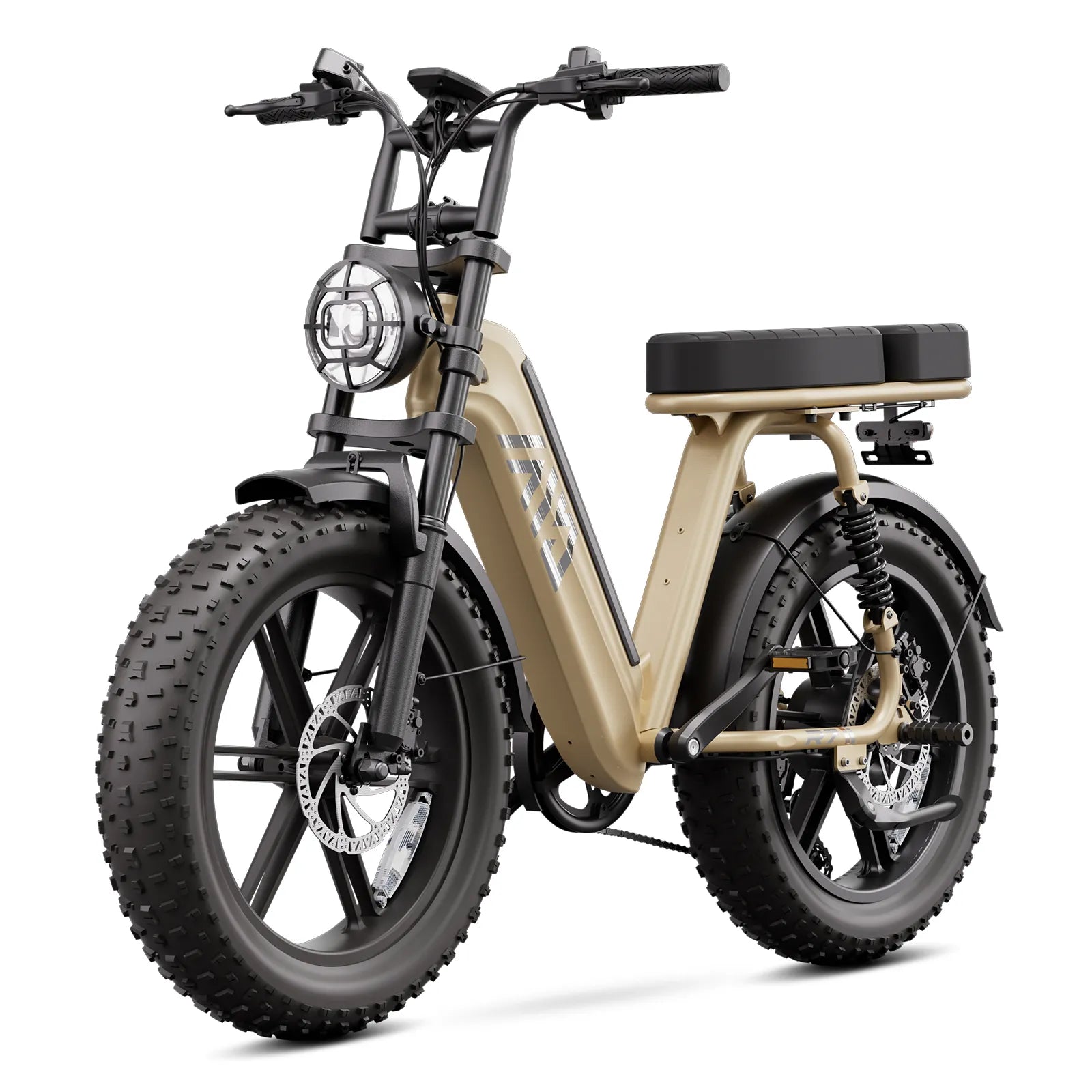
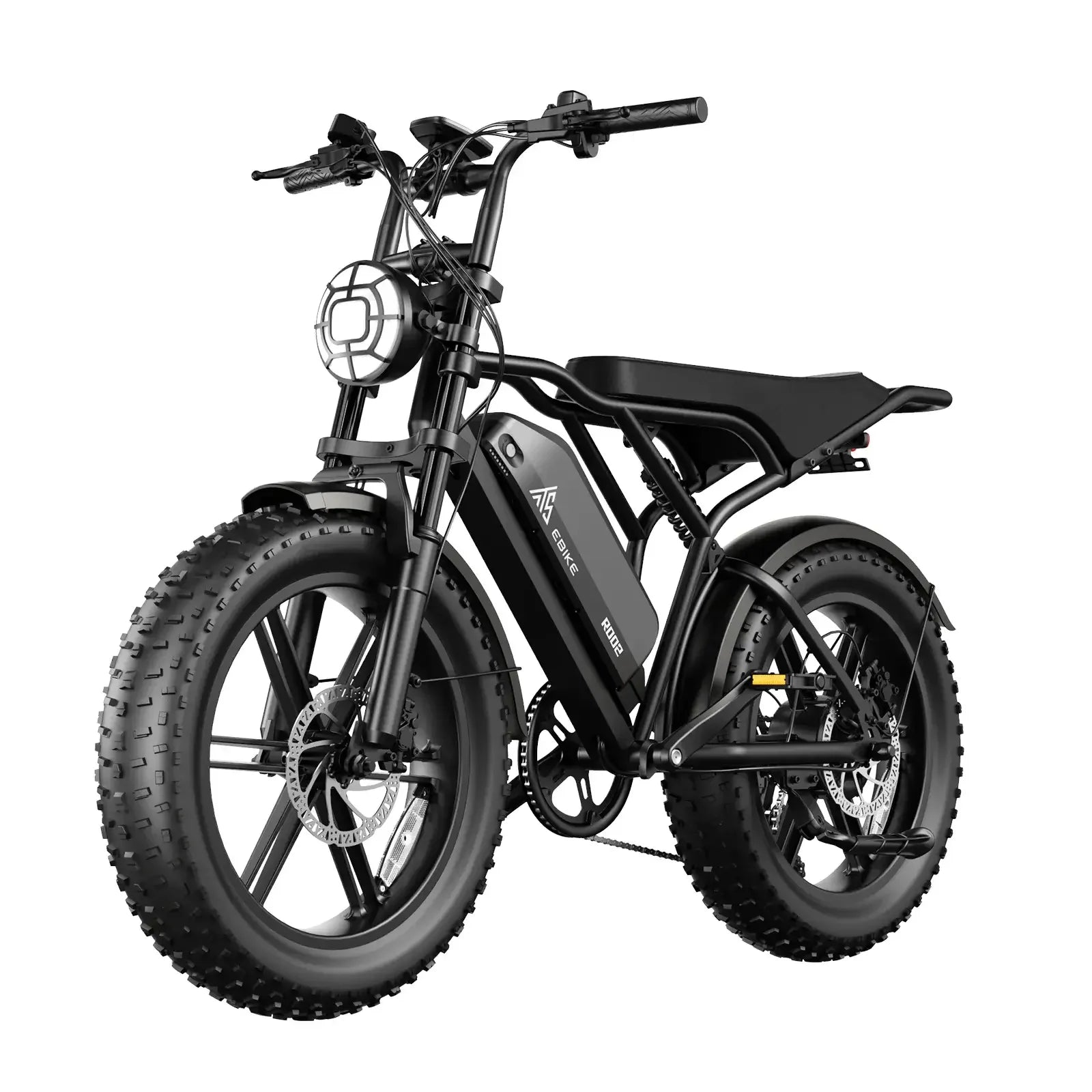

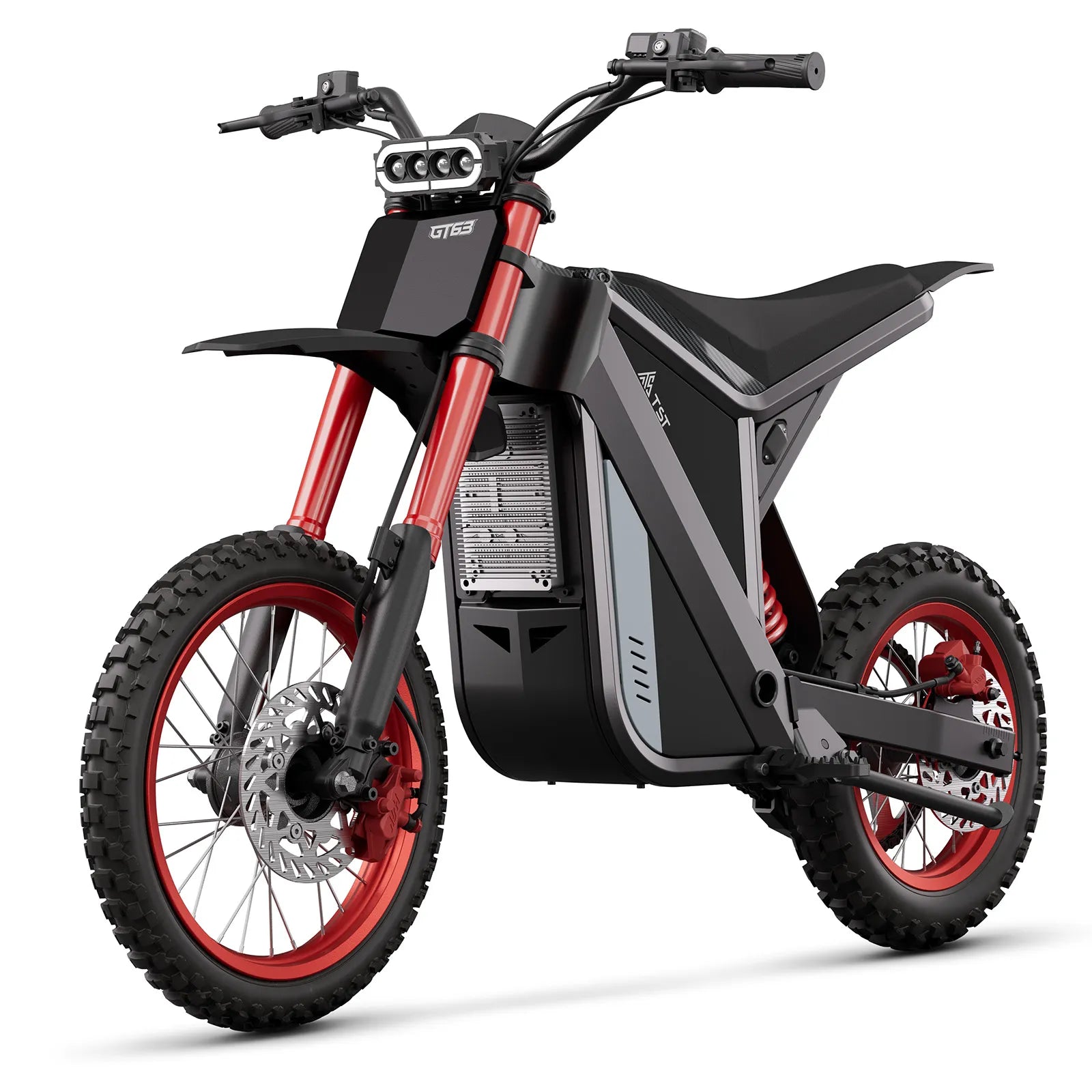
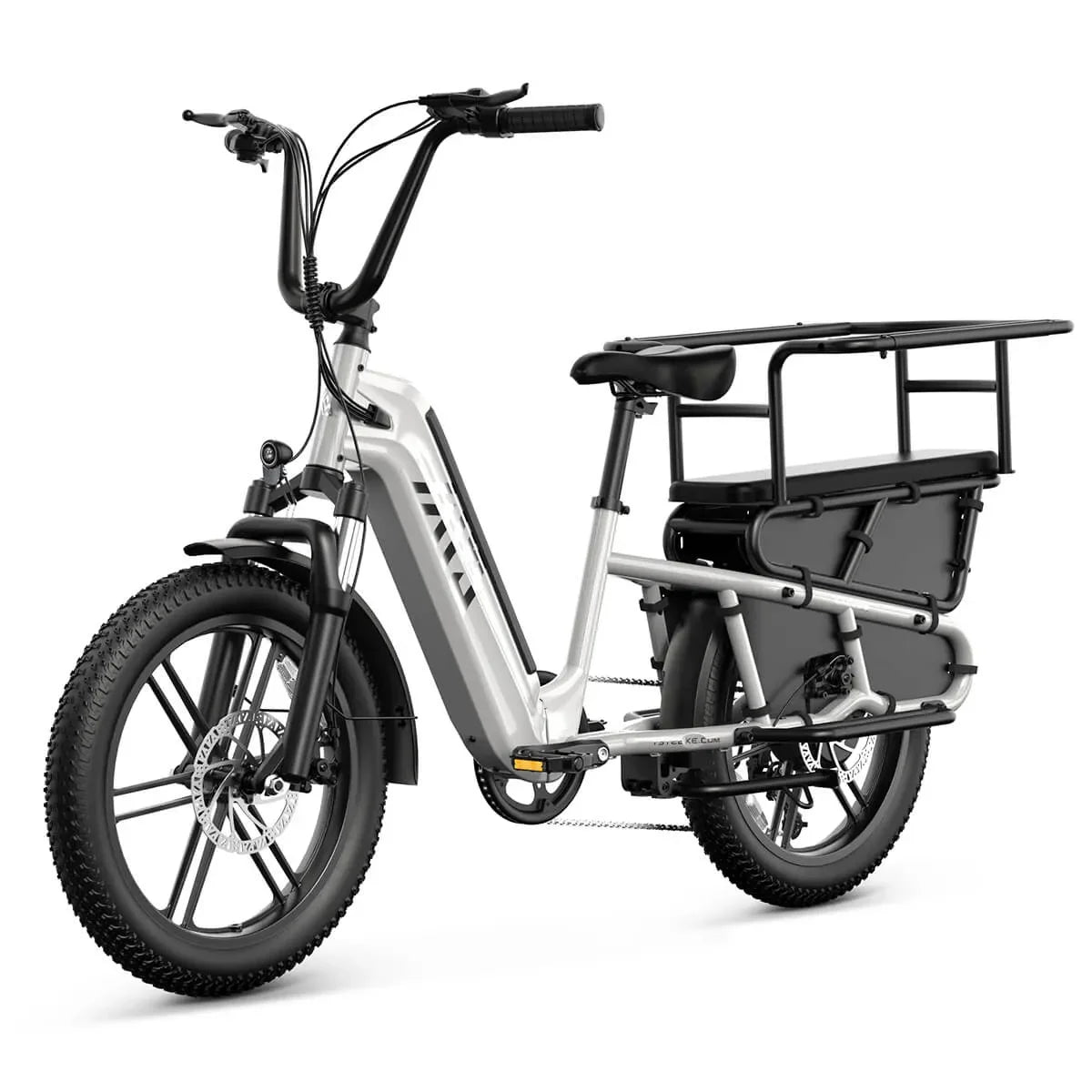
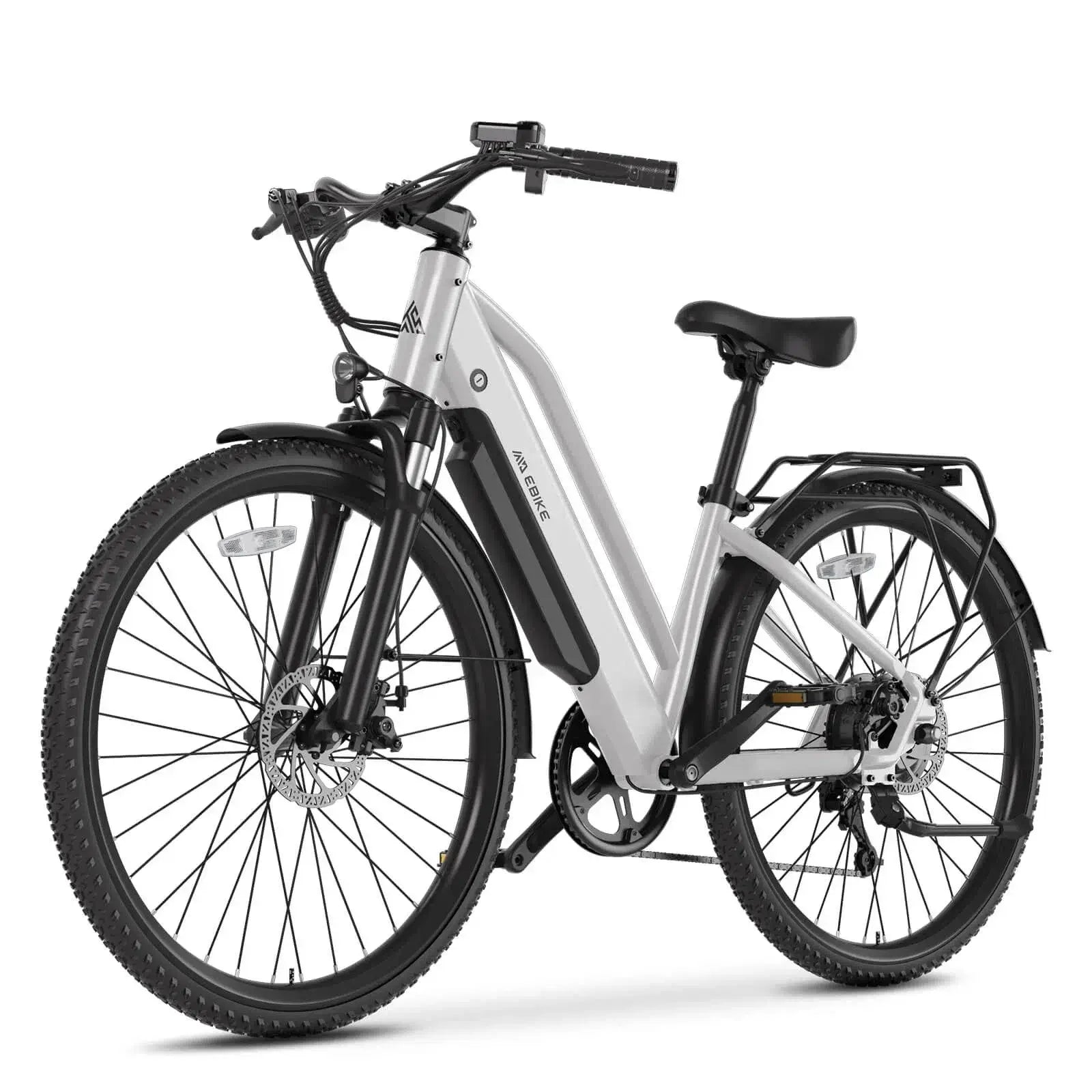
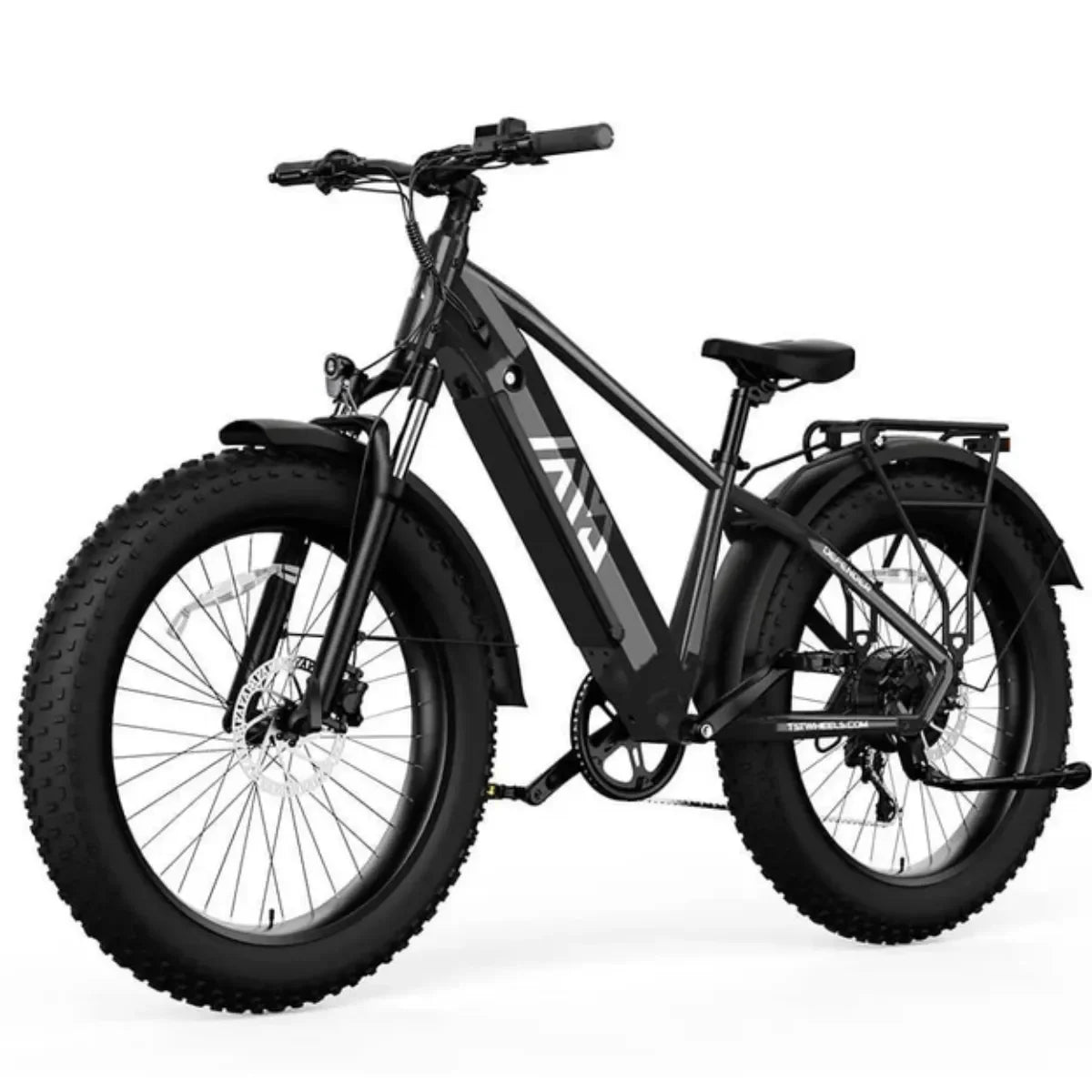
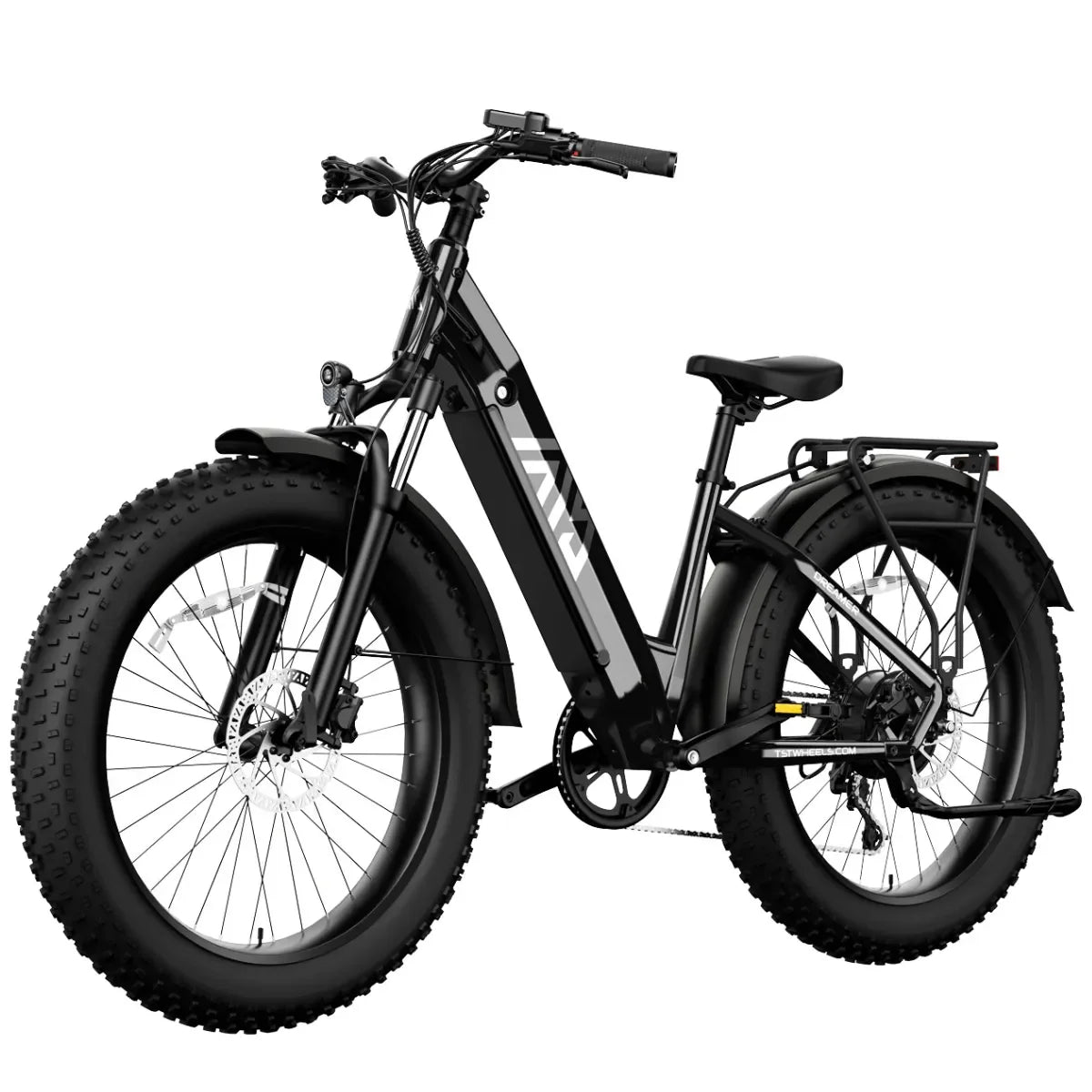
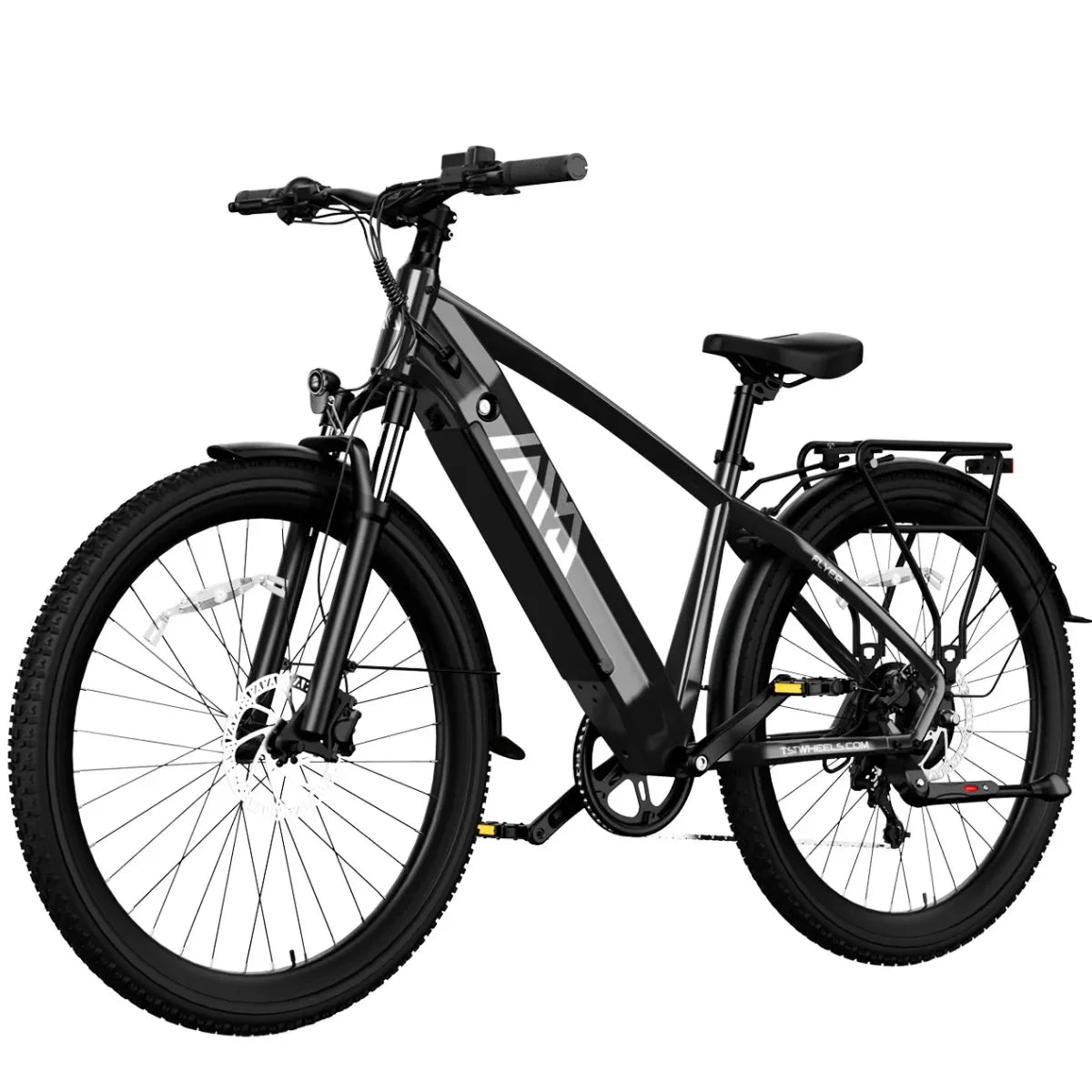
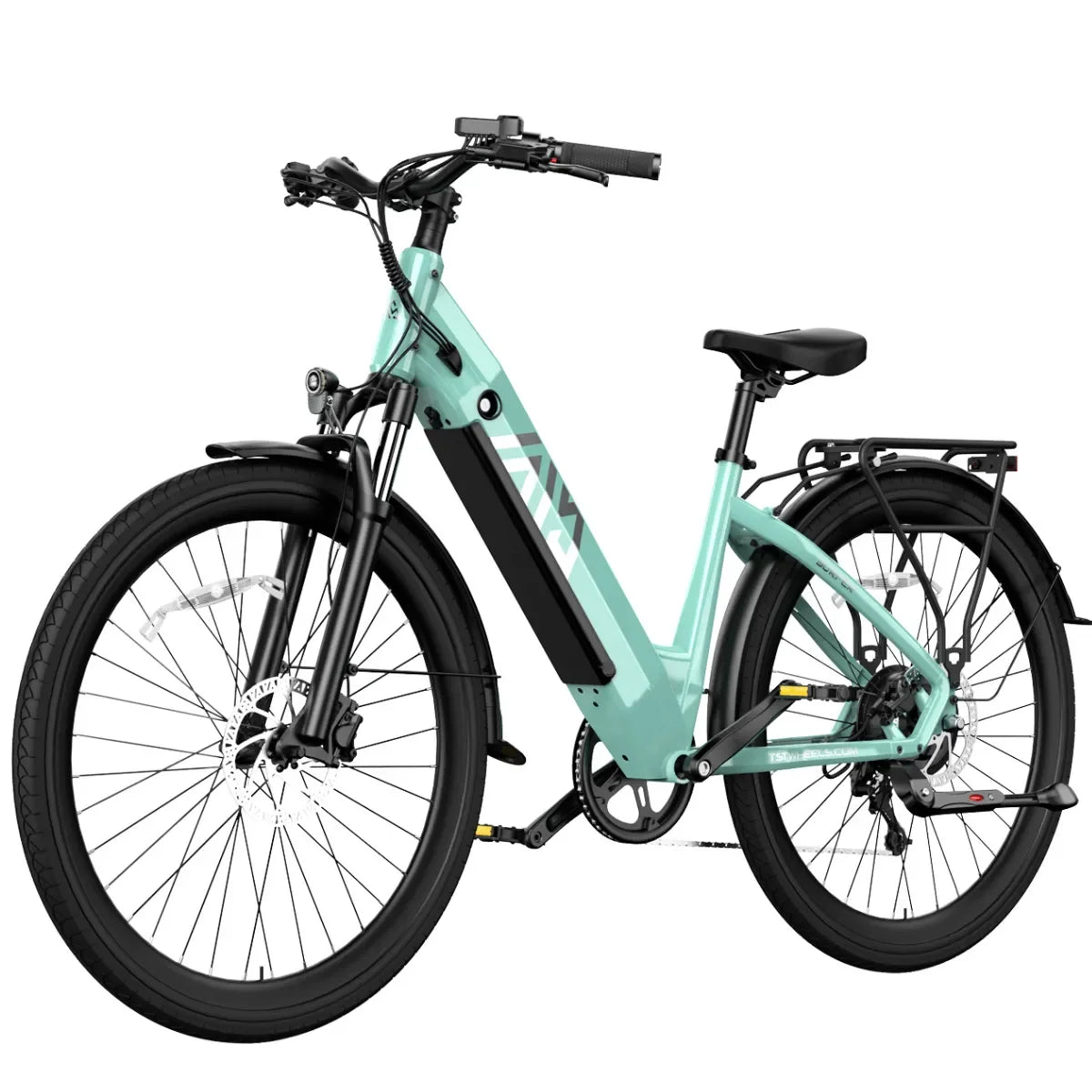
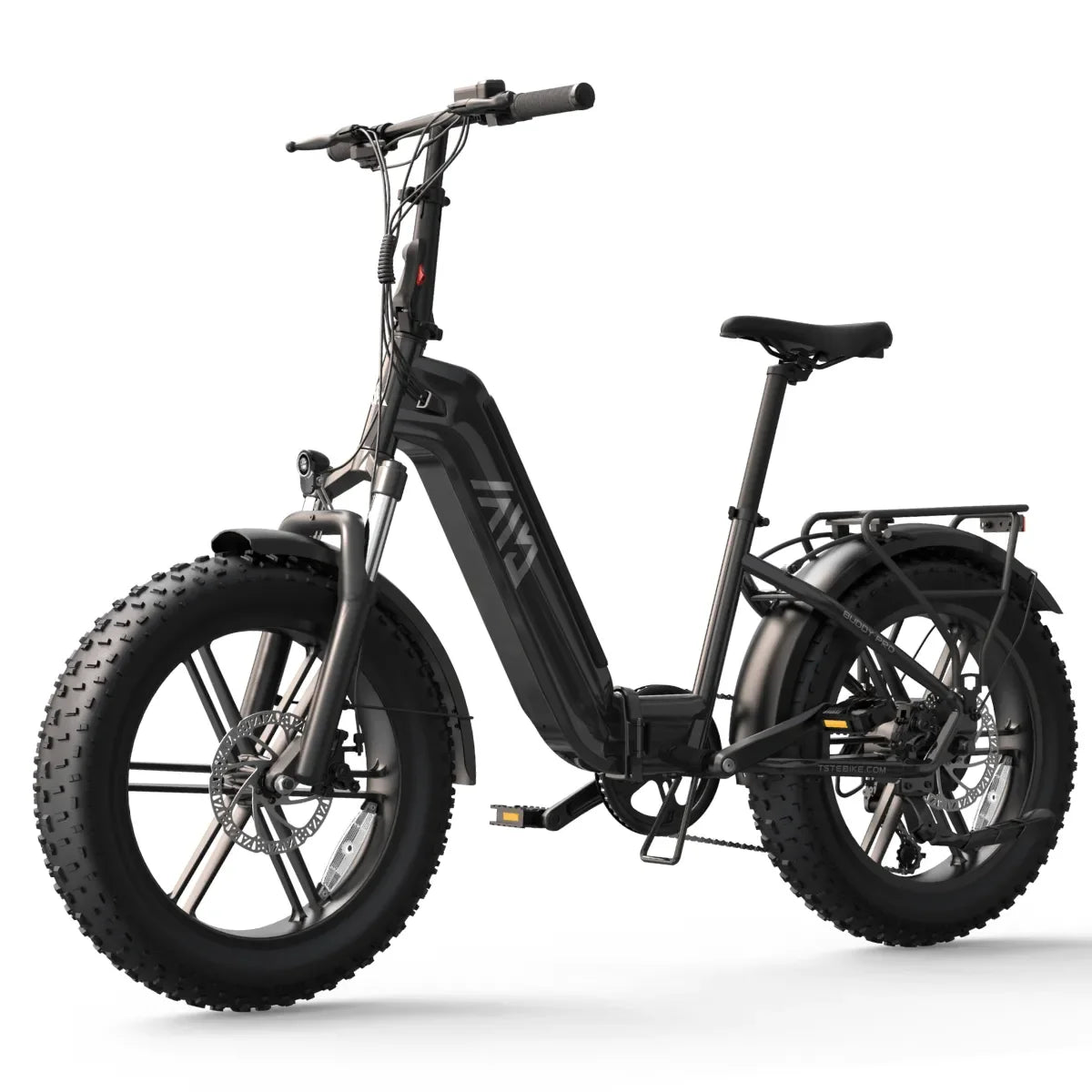
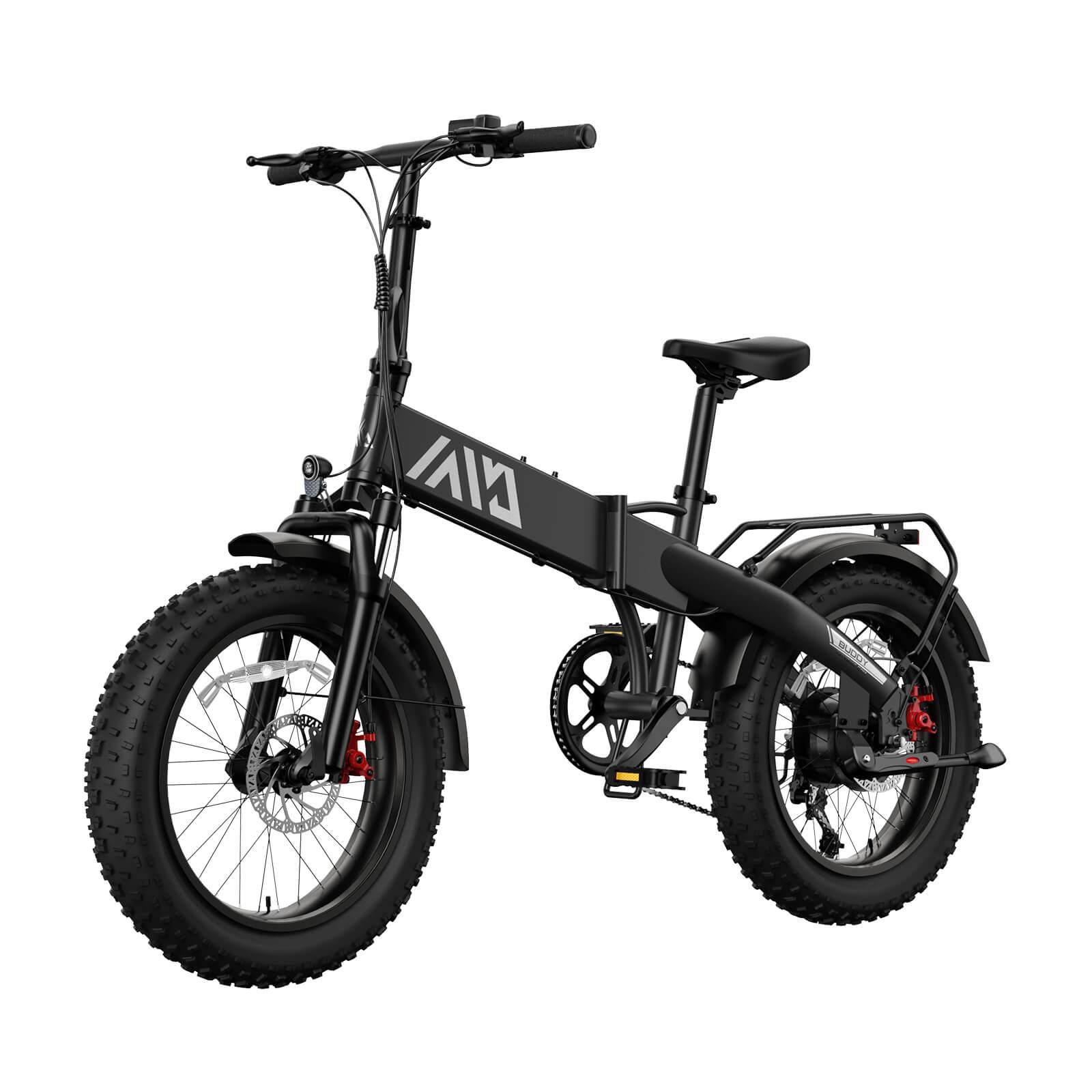

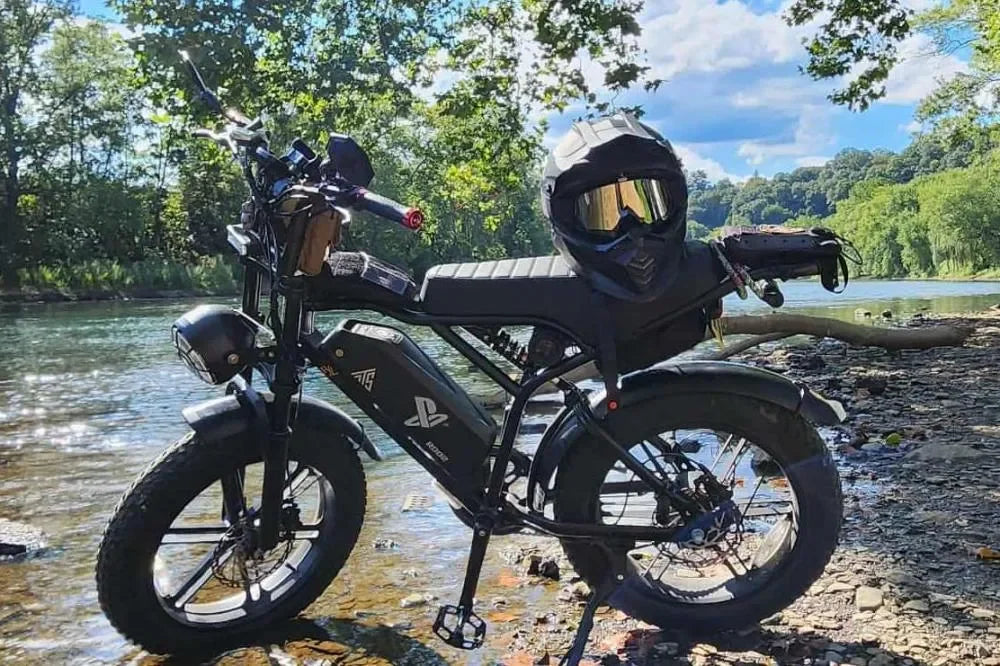
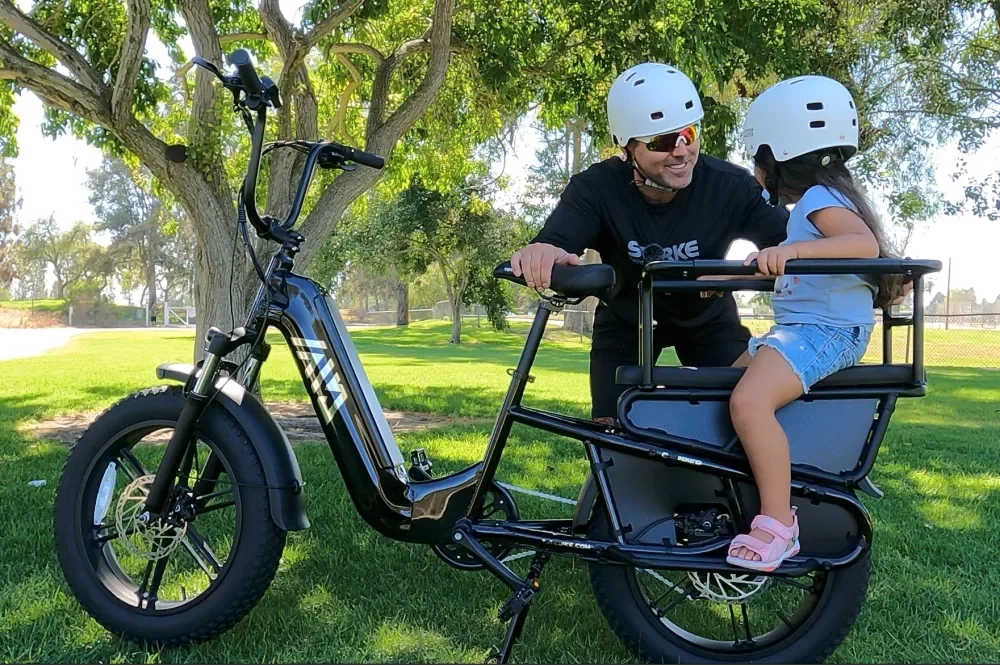
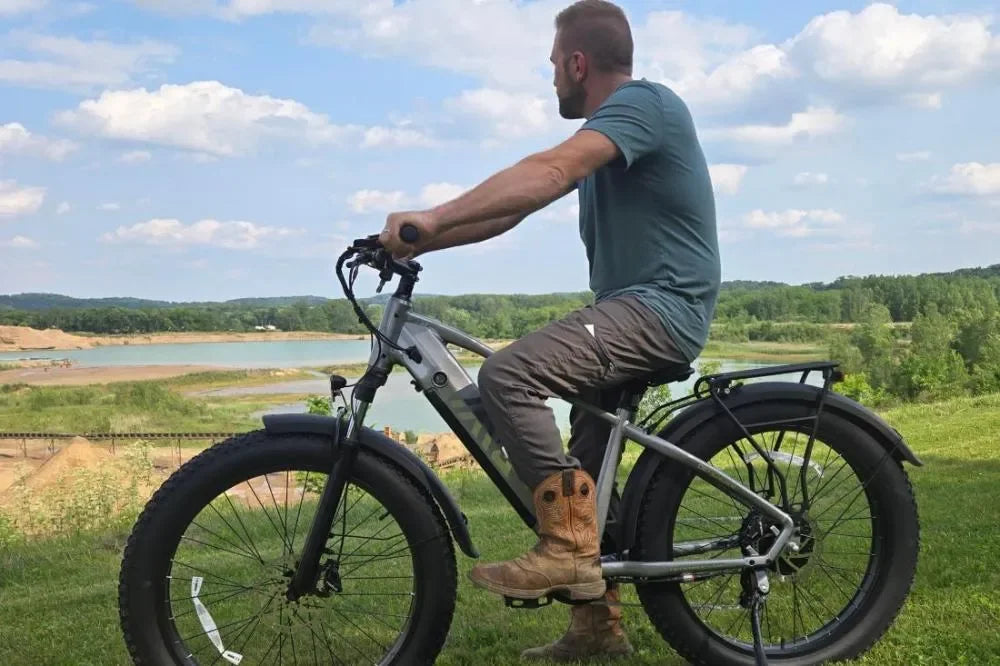
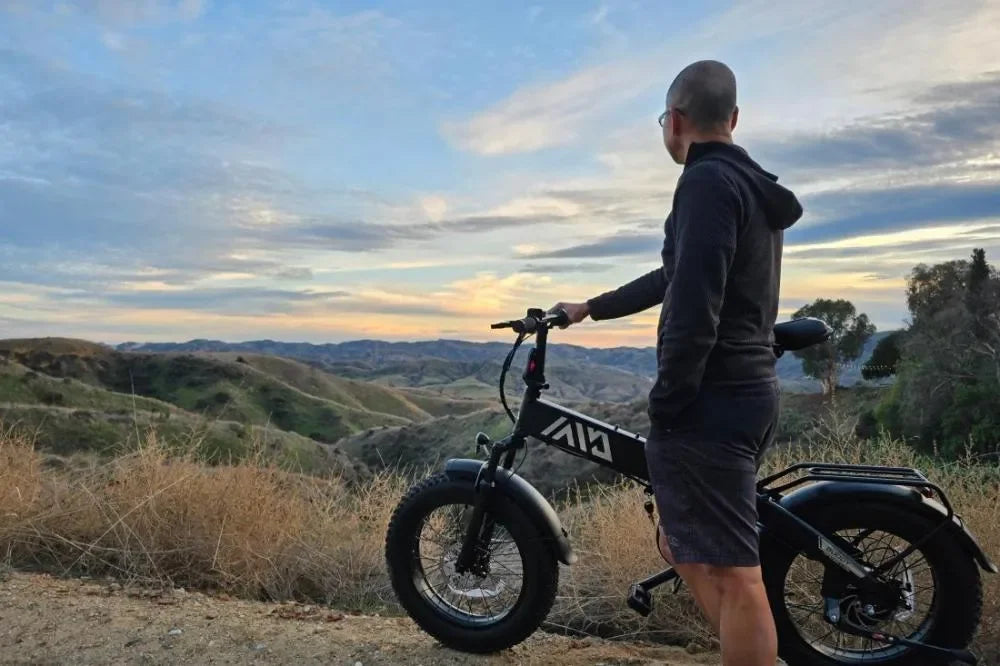
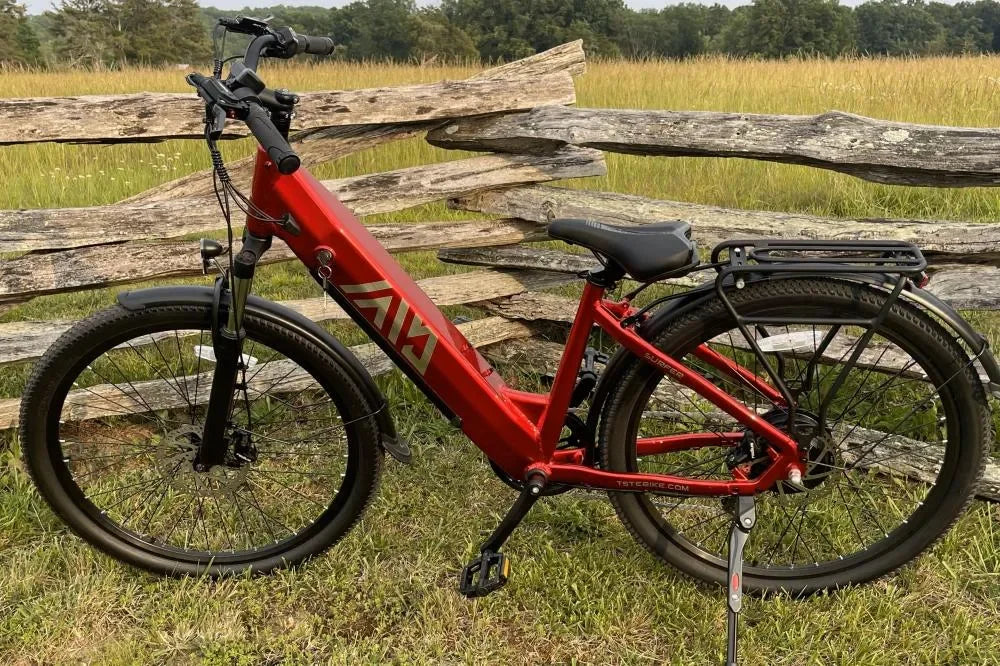
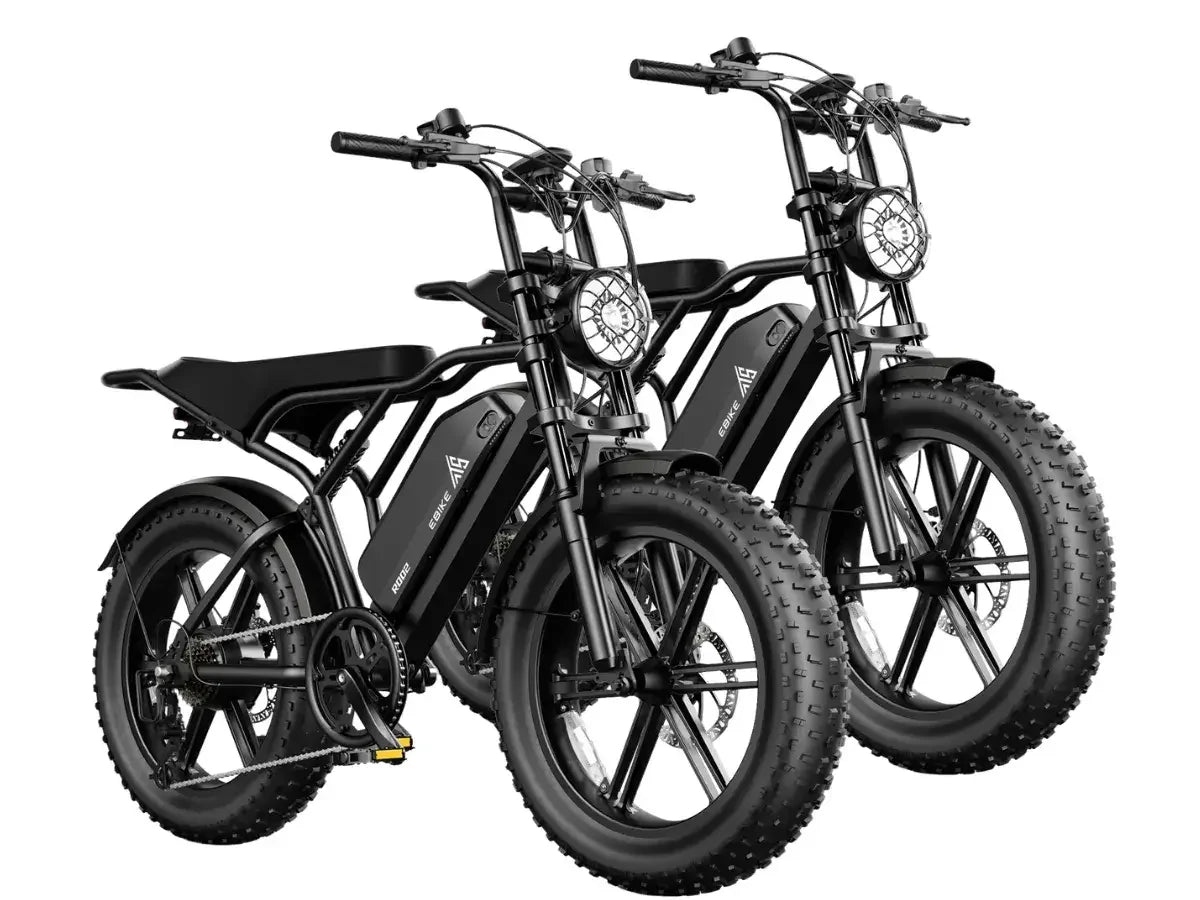
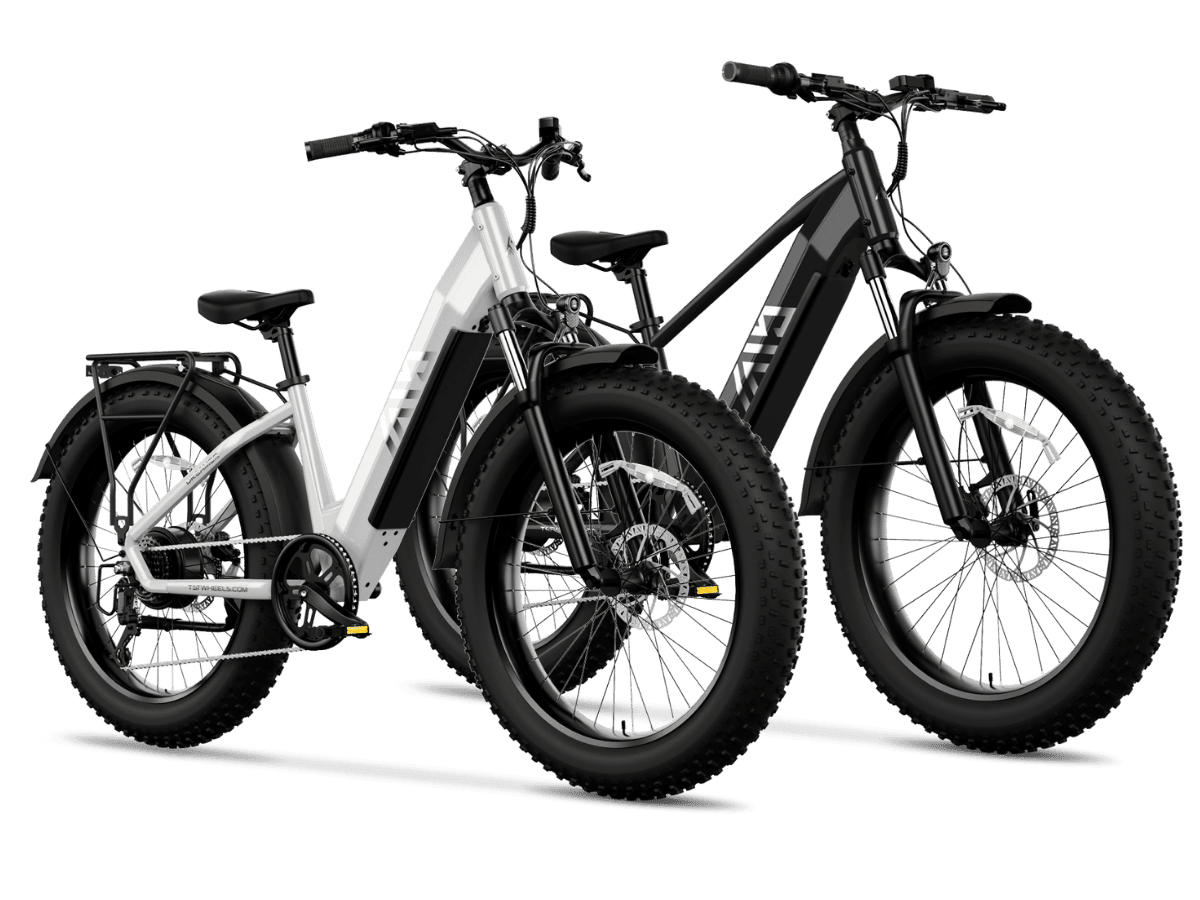
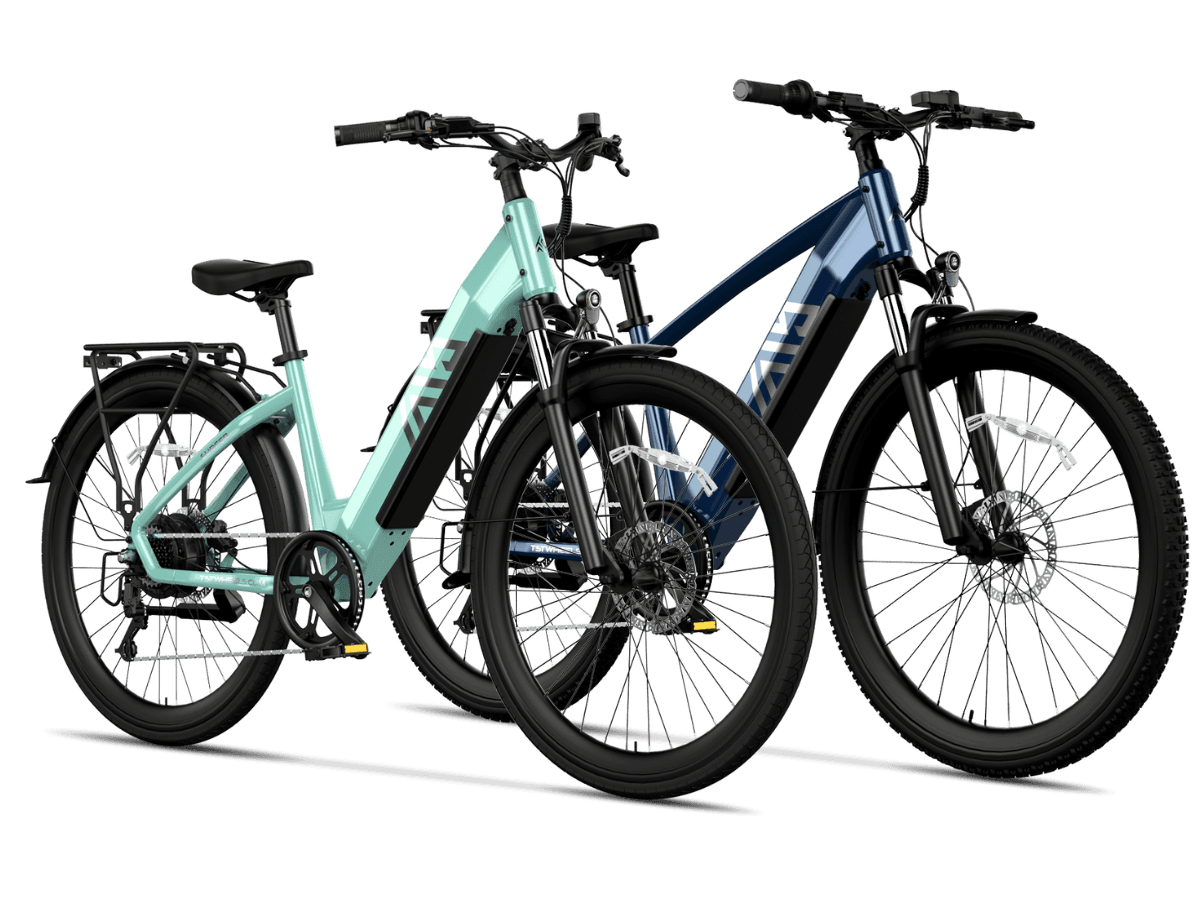
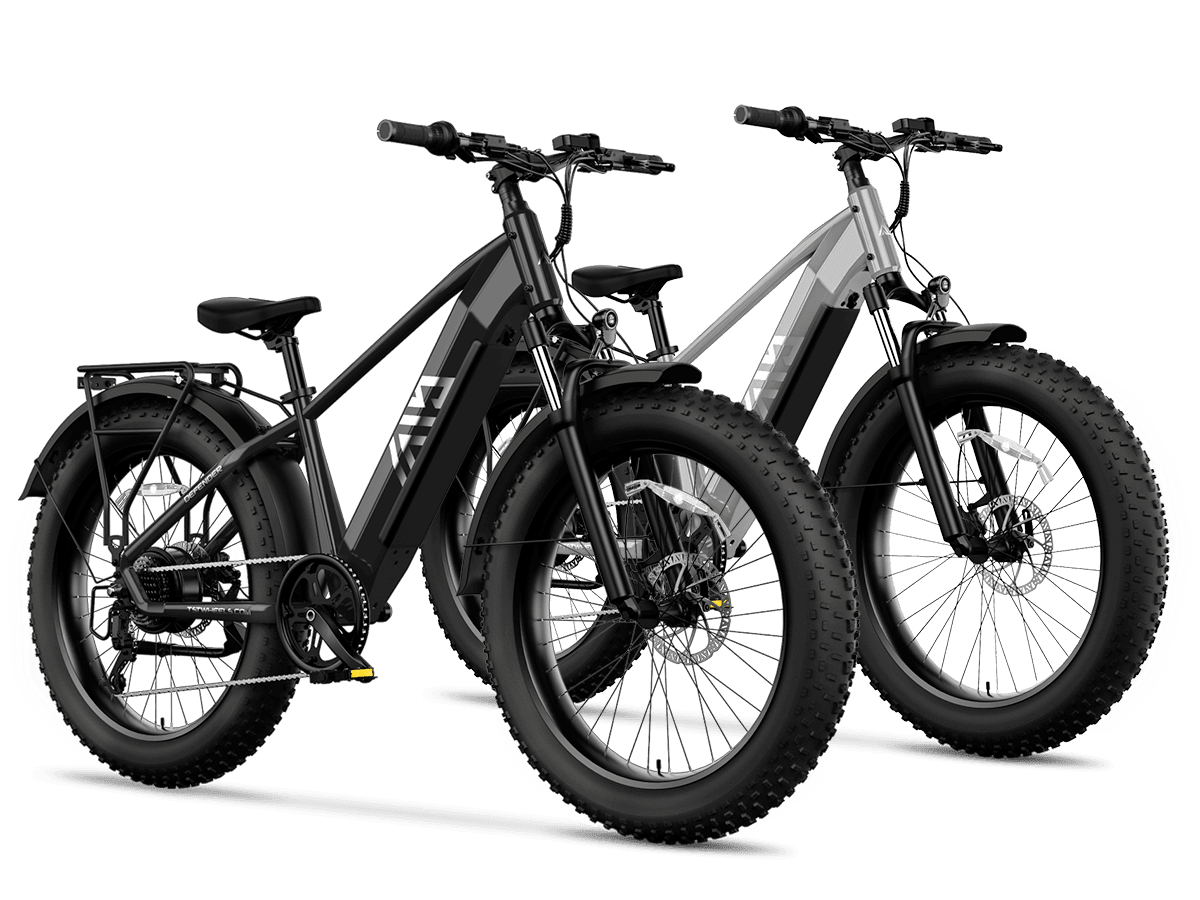
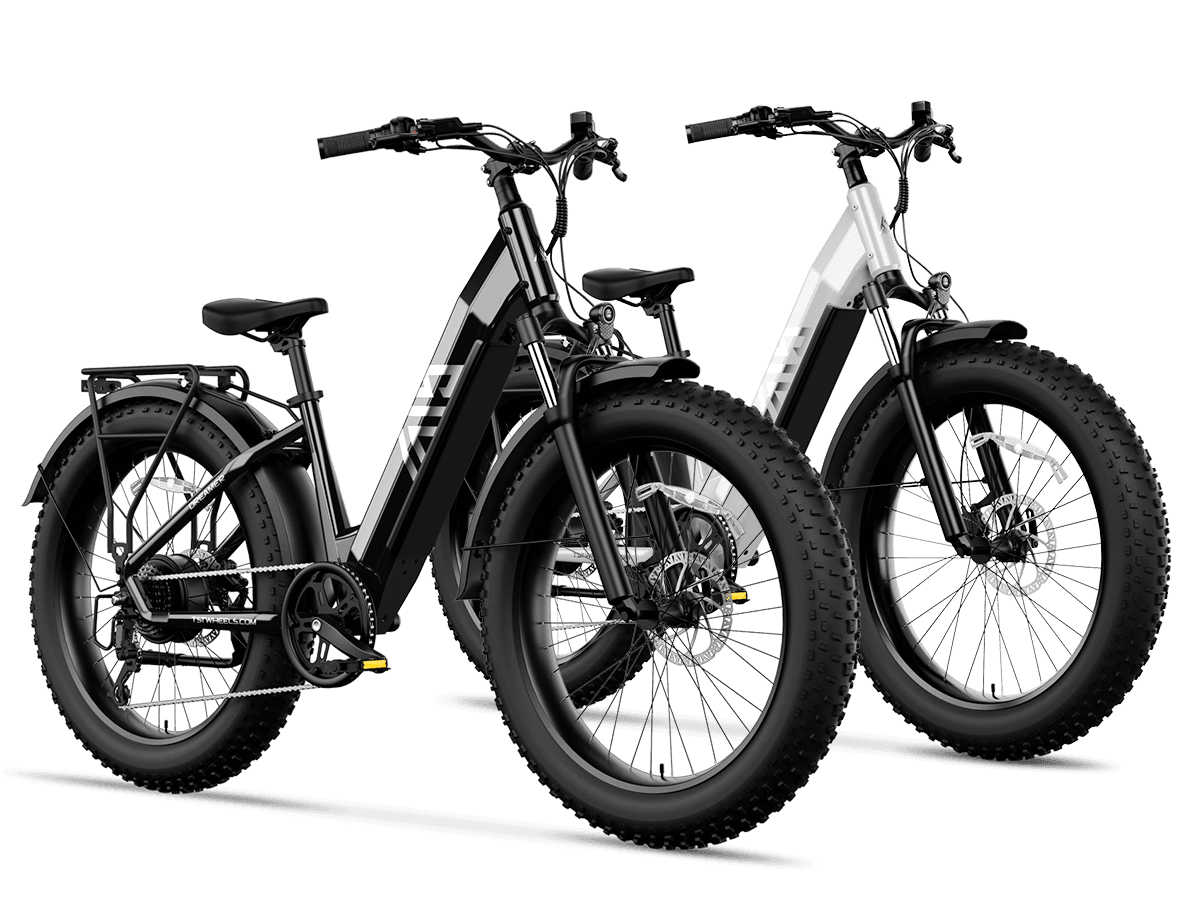
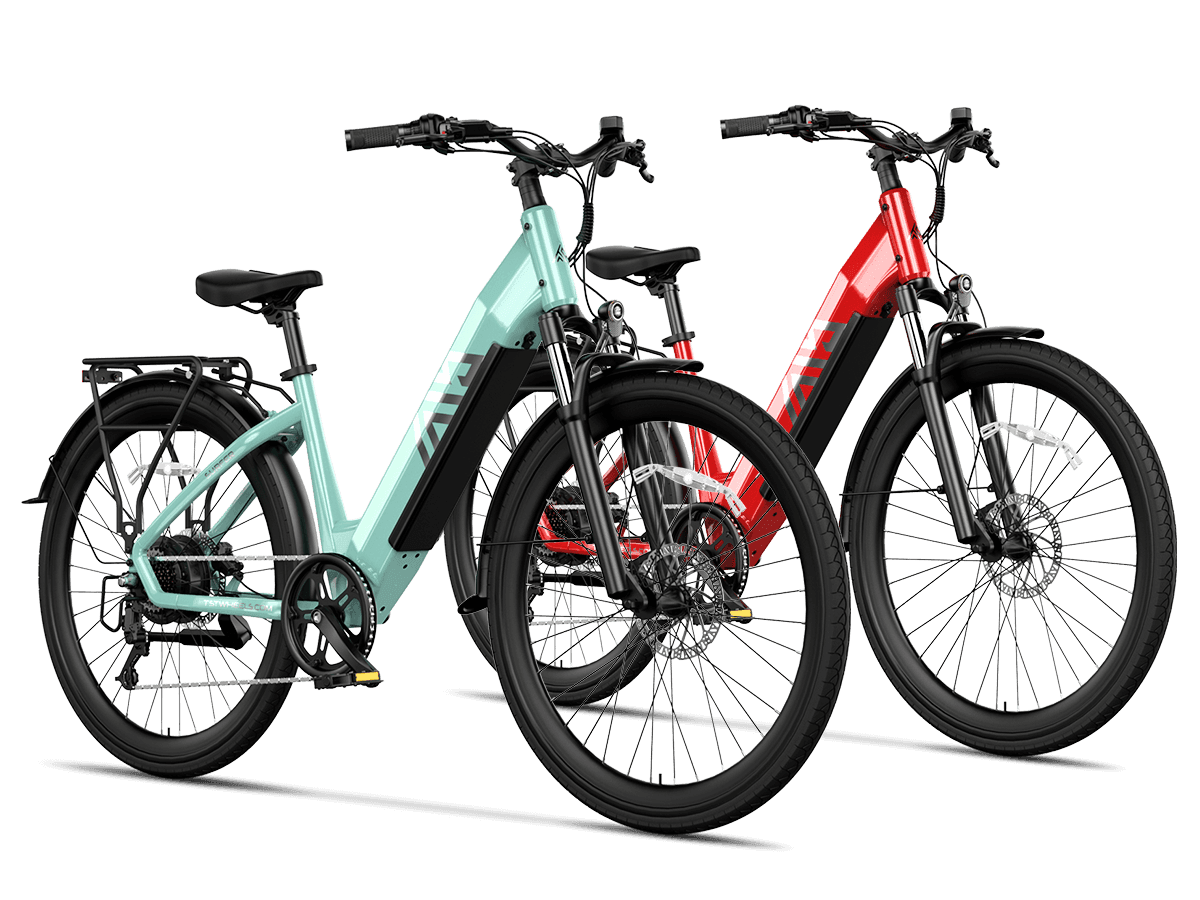
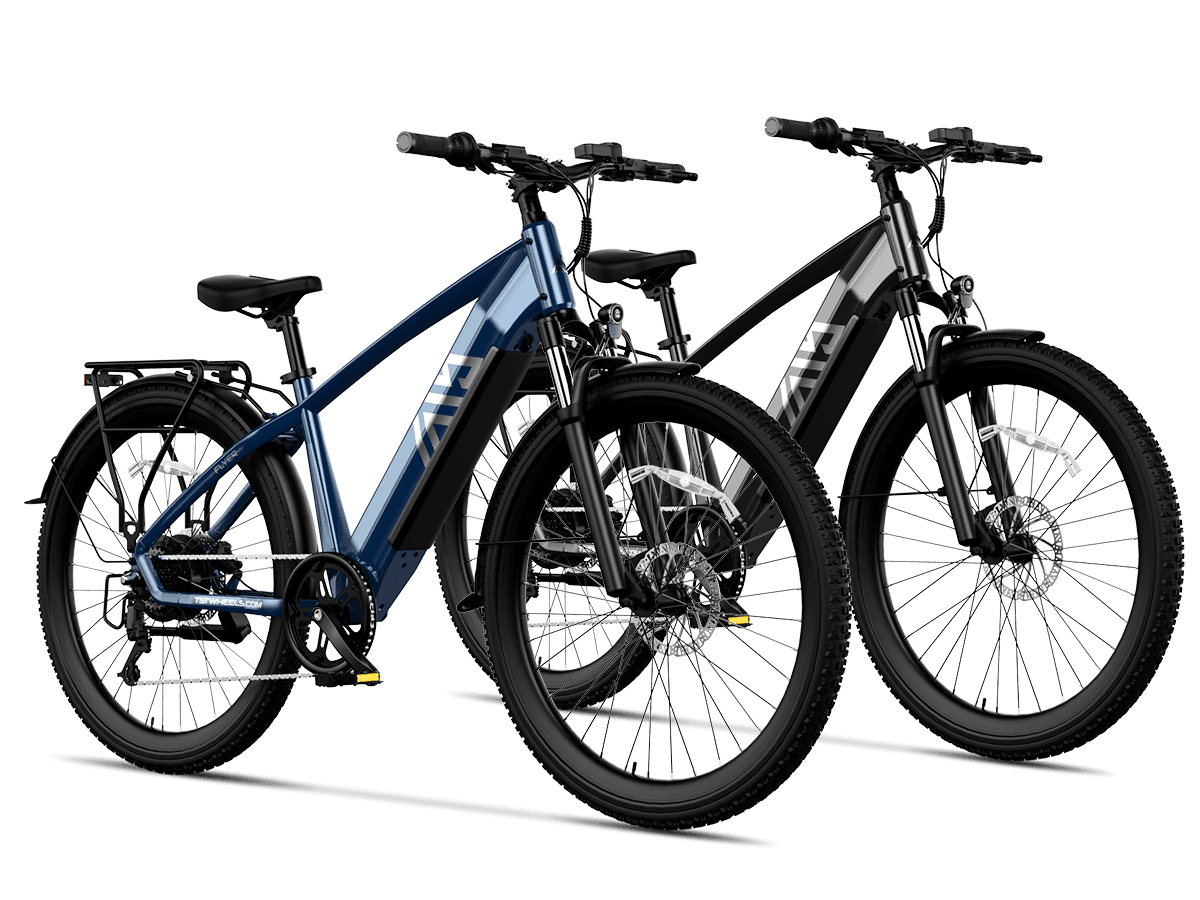

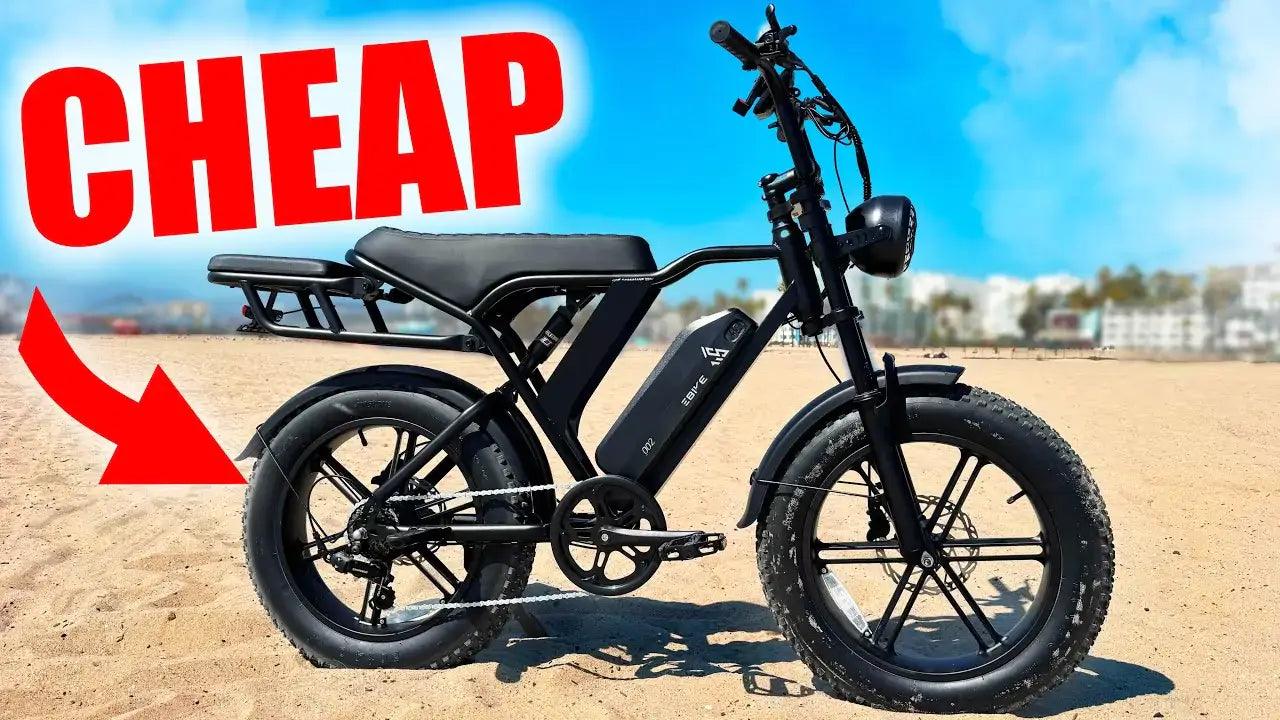
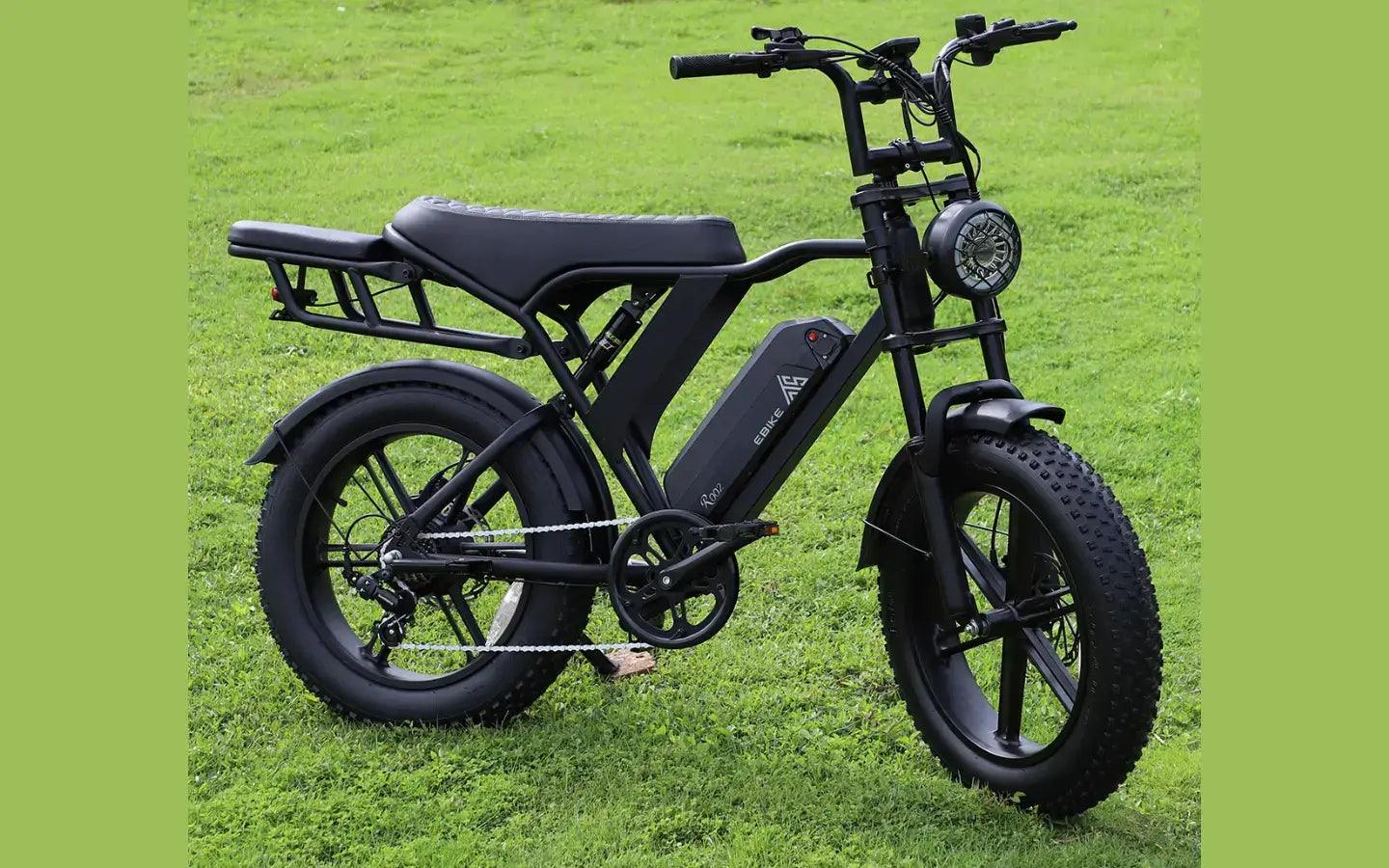
Leave a comment
All comments are moderated before being published.
This site is protected by hCaptcha and the hCaptcha Privacy Policy and Terms of Service apply.